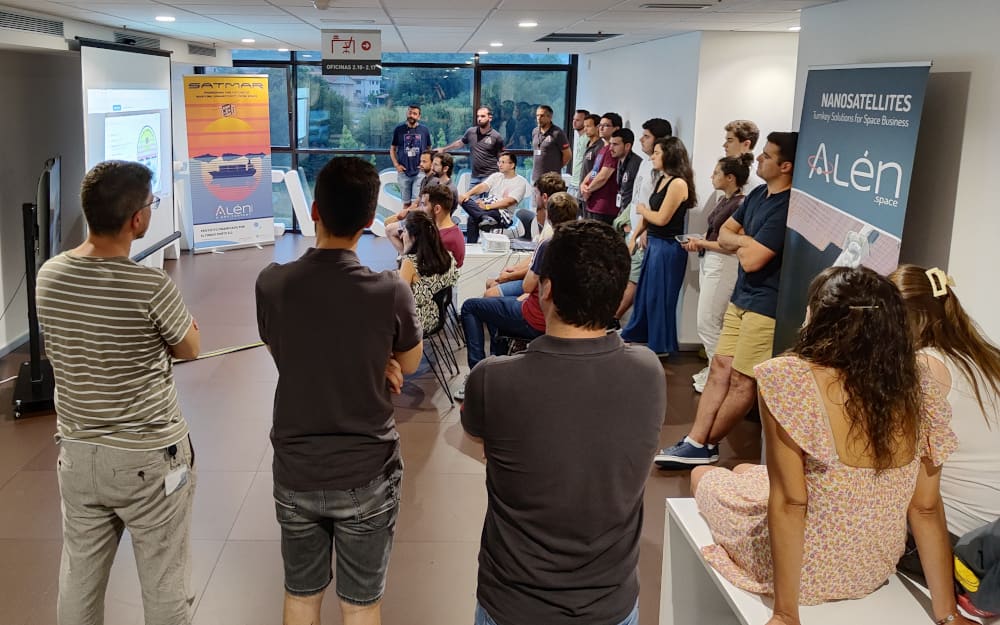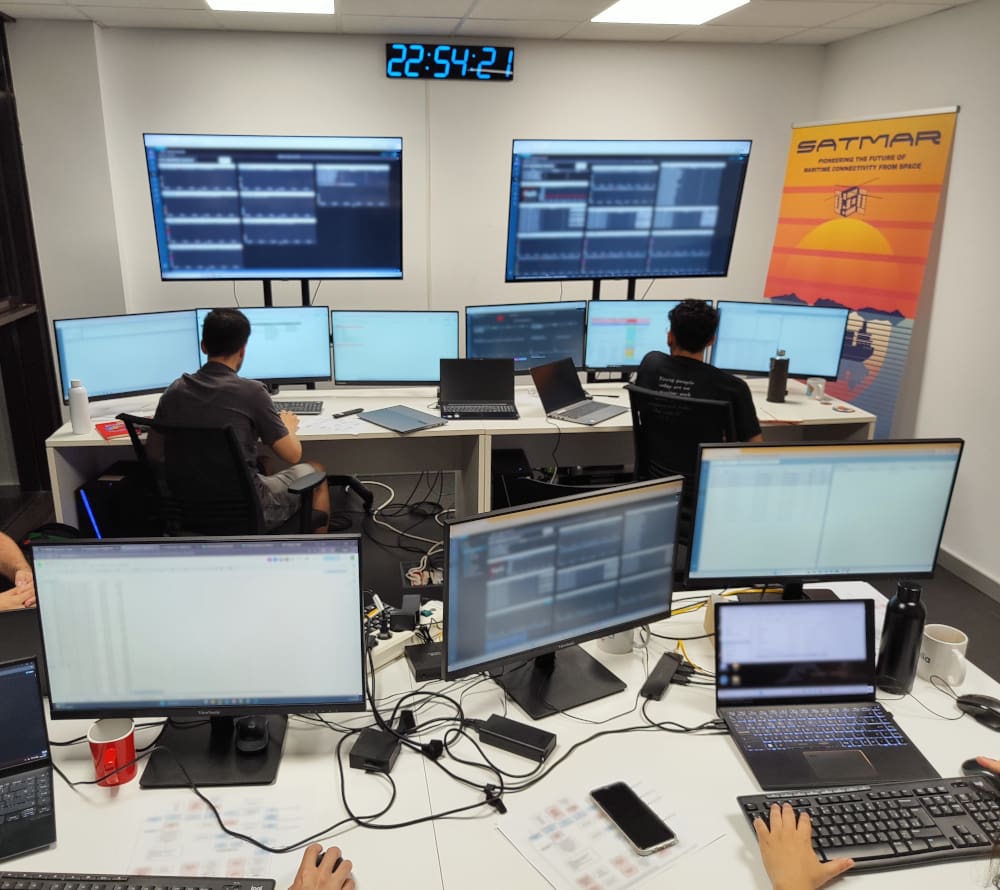Alén Space places SATMAR satellite into orbit to boost the digitalization of maritime communications
June 24, 2025

The SATMAR launch has been successfully completed. Alén Space has placed its new satellite into orbit, marking a key milestone in a mission designed to drive the transformation of maritime communications through the validation of the new VDES (VHF Data Exchange System) standard.
SATMAR lifted off this Monday at 11:25 PM (CEST) from the Vandenberg Space Force Base (California, USA), aboard a SpaceX Falcon 9 rocket. Shortly after launch, at 01:39 AM (CEST), Alén Space successfully established first contact with the satellite in orbit. The mission now moves into the phase of validating the performance of all subsystems and payloads.
The main goal of SATMAR is to open a new chapter for the maritime sector by demonstrating the feasibility of the VDES communication standard in orbit, a technology set to eventually replace the current AIS (Automatic Identification System).
This new technology enables bidirectional satellite communications in the VHF band, even in remote offshore areas. The expanded functionalities offered by VDES also promise major improvements in the efficiency, safety, and sustainability of maritime traffic, along with new possibilities for digital services in port environments.
Developed entirely by Alén Space, the SATMAR satellite is part of a project that also includes Egatel as a partner and the collaboration of the technology center Gradiant. The project has been funded through the Ports 4.0 program, an innovation-driven initiative for the maritime sector promoted by Puertos del Estado and the Spanish Port Authorities.
This 6U nanosatellite will operate over Spain and its surrounding waters, with use cases developed in collaboration with the Port Authority of the Bay of Algeciras and other maritime sector companies such as Oritia & Boreas.

Team gathered for launch
The launch brought together the Alén Space team at the company’s headquarters in Nigrán (Spain) to experience the deployment of SATMAR firsthand. Professionals from all departments gathered to follow the satellite liftoff in real time.
“This is a very important milestone for us,” said Guillermo Lamelas, CEO of Alén Space, “because it opens up exciting opportunities for both technological advancement and business growth. Thanks to this new standard, vessels will be able to maintain constant communication with shore even in deep sea, receive emergency alerts in real time, and optimize their routes to reduce fuel consumption and emissions, among other features. It’s a technology that will have a real impact on the daily operations of companies in the maritime sector.”
In addition to its primary mission, SATMAR includes a secondary payload that turns it into an in-orbit laboratory for software-defined radio (SDR). Its features include radio frequency spectrum monitoring in the VHF, L, and S bands, and innovative technologies for high-speed communications in the S-band.

Alén Space SDR technology onboard Startical’s IOD-2 satellite
The same launch also carried Startical’s IOD-2 satellite, designed to validate from space real-time VHF voice and data communications between pilots and air traffic controllers.
This mission, led by Startical, features software-defined radio (SDR) technology developed by Alén Space through its TREVO product, applied to the VHF, ADS-B and feeder link payloads.
The Alén Space team was also responsible for developing the specific application for ADS-B and feeder link. Meanwhile, the satellite demonstrator payload was designed by Indra with support from ENAIRE.
Through its contributions to these two missions, Alén Space strengthens its position as a key player in the New Space industry, delivering solutions tailored to strategic areas like maritime and air traffic management.
Launch image courtesy of SpaceX

